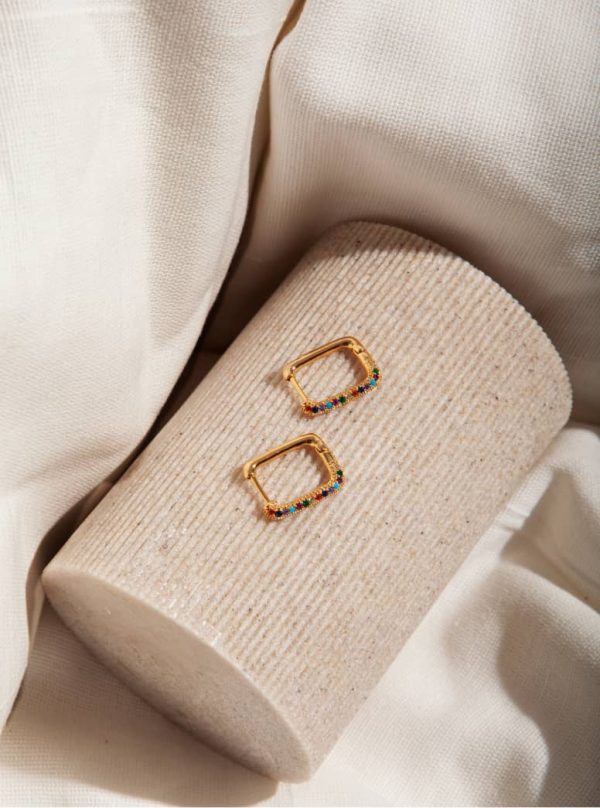Address
304 North Cardinal
St. Dorchester Center, MA 02124
Work Hours
Monday to Friday: 7AM - 7PM
Weekend: 10AM - 5PM
Address
304 North Cardinal
St. Dorchester Center, MA 02124
Work Hours
Monday to Friday: 7AM - 7PM
Weekend: 10AM - 5PM

Throughout history, gemstones and goblets (ornamental cups) have shared a deep and symbolic relationship. From ancient rituals to royal banquets, precious stones and drinking vessels have intertwined in culture, spirituality, and artistry. This article explores their fascinating connections across civilizations.
Many ancient cultures believed gemstones held mystical powers, making them ideal for sacred chalices and ceremonial goblets:
Kings and nobles flaunted their wealth with gem-encrusted drinking vessels:
Certain gemstones were chosen for their protective or healing properties:
| Gemstone | Symbolic Meaning in Goblets |
|---|---|
| Emerald | Believed to neutralize poison (royals feared assassination). |
| Amethyst | Thought to prevent drunkenness (the word comes from Greek a-“not” + methystos “intoxicated”). |
| Ruby | Represented power and passion, often used in coronation cups. |
| Rock Crystal | Associated with purity, used in Christian Eucharistic chalices. |
Today, the tradition lives on in:
For millennia, gemstones and goblets have represented wealth, spirituality, and artistry. Whether in myth, royal courts, or modern luxury, their union continues to captivate us—proving that even the simplest vessel can become extraordinary when touched by the brilliance of precious stones.
Would you like more details on a specific historical cup or gemstone’s role in drinking vessels? Let me know! 💎🏺